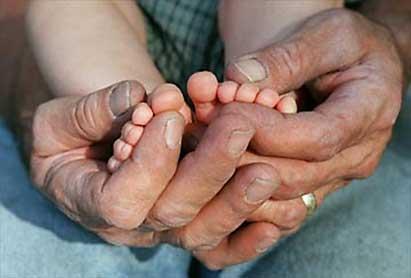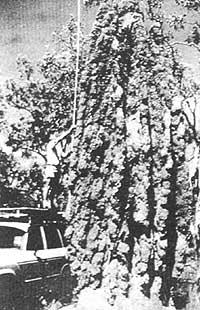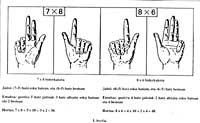Why five fingers in each hand?
2001/06/22 Elhuyar Zientzia

A British researcher discovers that the maximum number of fingers is five to be effective when walking or picking things up. With higher amounts the results are not good, due to the anatomical poor growth of the bones.
Chris Hayes is a scientist who experiments with the genome of mice. In his laboratory in Oxford he has found a gene that produces malformations and has been able to study mice with many fingers in each leg. One of them, for example, is called Doublefoot, because it has ten fingers in each claw.
The bones of this excess of fingers grow curved and, finally, the mouse has to walk on the ankle. This prevents him from escaping his enemies. In the case of predators, on the other hand, it appears at the time of trapping the obstacle.
But there is no problem having fewer fingers. The apache of the horses has a design of a finger and the cows walk on two. Hayes has said that having six fingers in the human being due to his habitual malformation, that if not psychological, does not generate any type of discomfort in daily life.

Gai honi buruzko eduki gehiago
Elhuyarrek garatutako teknologia





